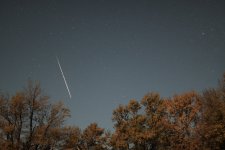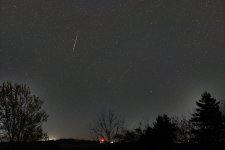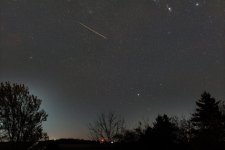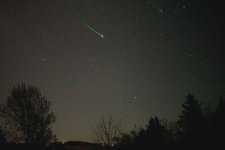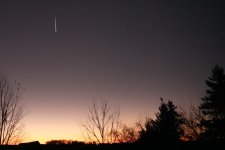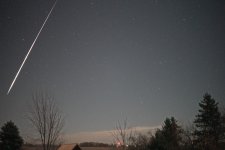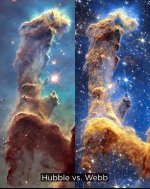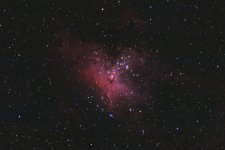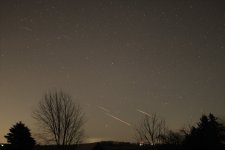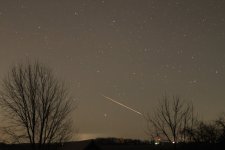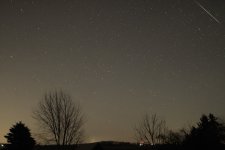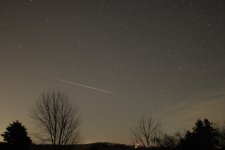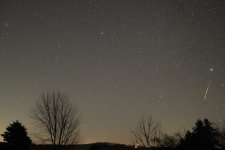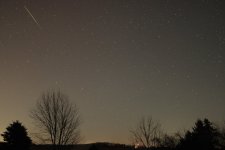Comet C/2023 A3 (Tsuchinshan-ATLAS) last night. It was looking great naked eye before moonrise. Still very easy to see from a dark location.
I had the telescope out for the ISS solar transit anyway so I thought I might as well catch the comet with it.
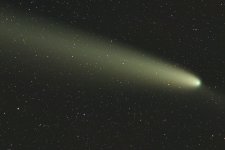
Date: 10/20/2024
Camera: Canon Rebel T8i (modified)
Telescope: 92mm f/5.5 triplet (Astrotech AT92) with focal reducer
Exposure: 27x30sec (13min 30sec total) at ISO 800
Processed using PixInsight, StarXterminator and NoiseXterminator
I had the telescope out for the ISS solar transit anyway so I thought I might as well catch the comet with it.

Date: 10/20/2024
Camera: Canon Rebel T8i (modified)
Telescope: 92mm f/5.5 triplet (Astrotech AT92) with focal reducer
Exposure: 27x30sec (13min 30sec total) at ISO 800
Processed using PixInsight, StarXterminator and NoiseXterminator

